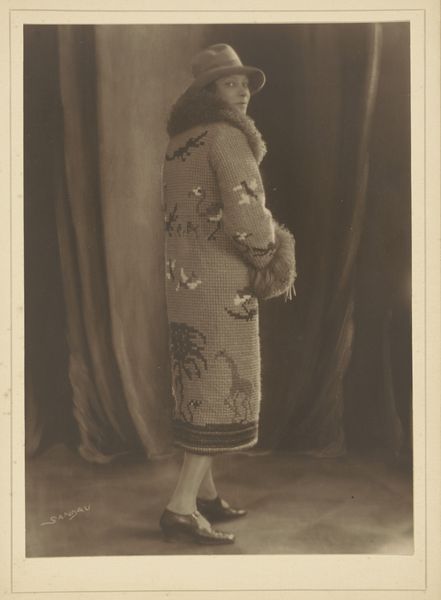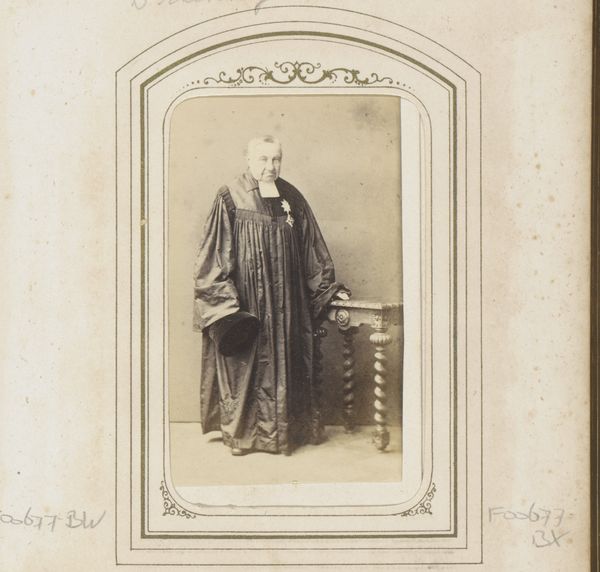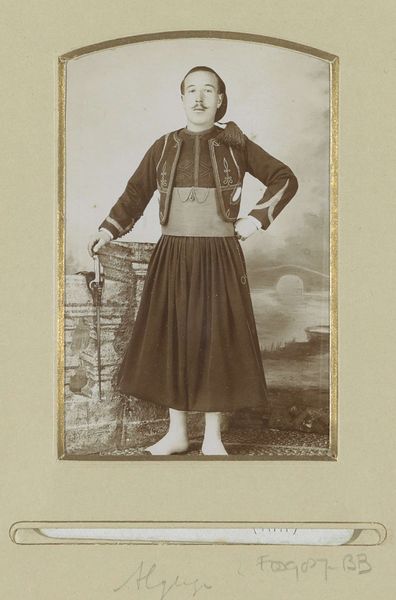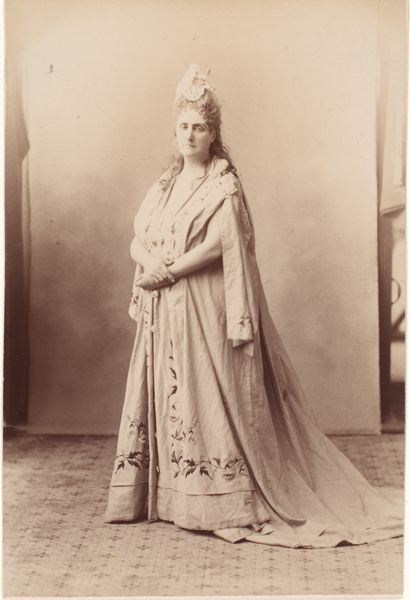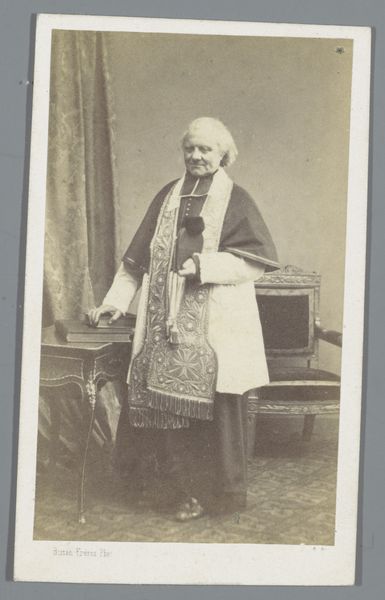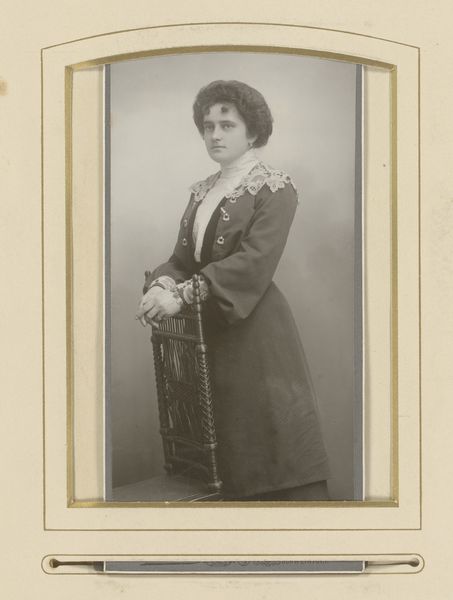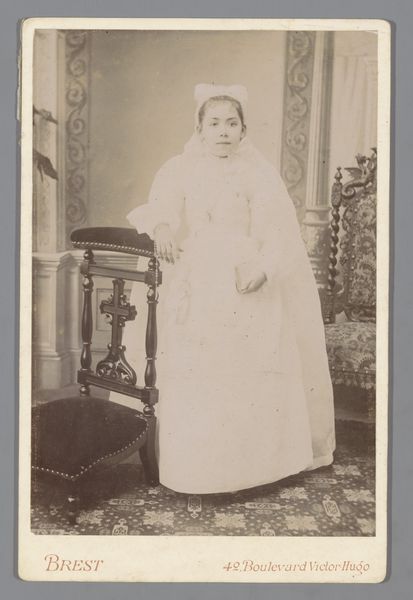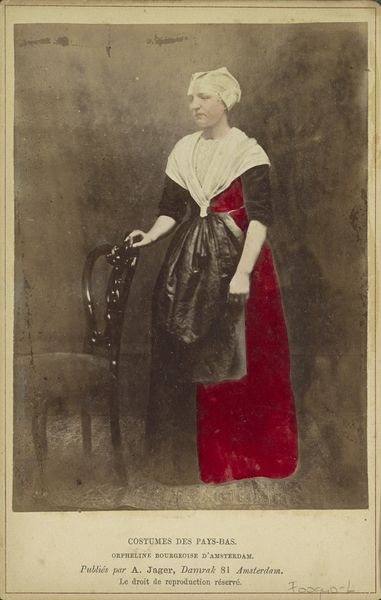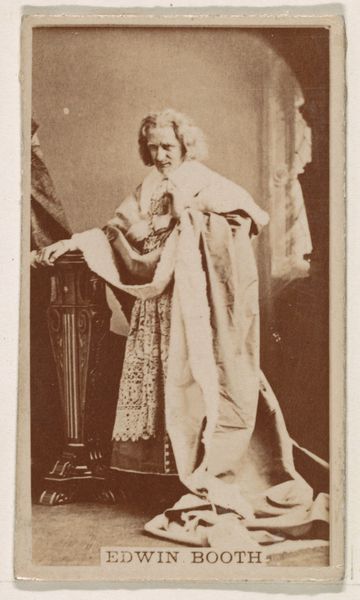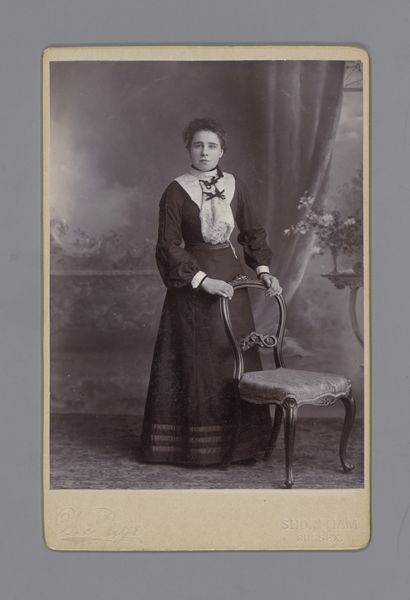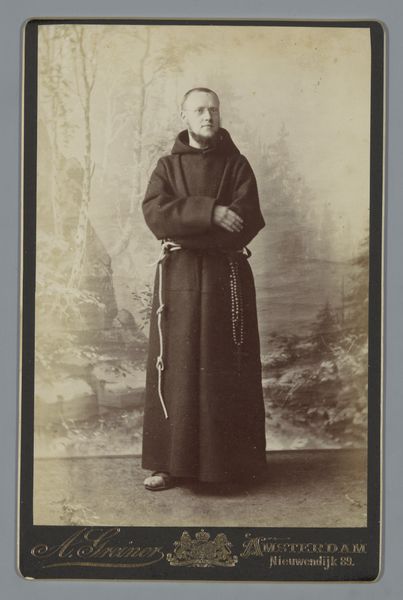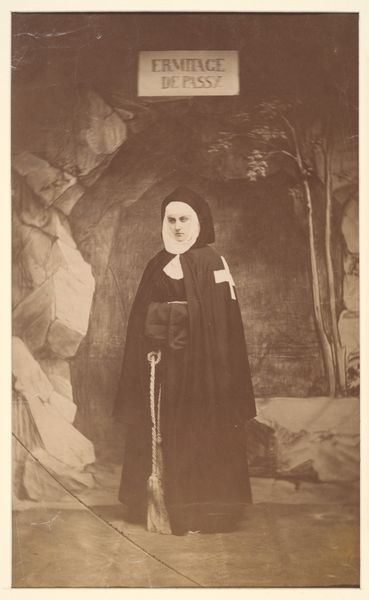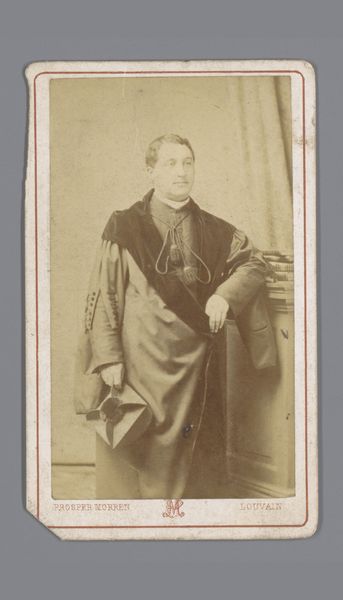
photography, gelatin-silver-print
#
portrait
#
archive photography
#
photography
#
historical photography
#
historical fashion
#
gelatin-silver-print
#
academic-art
#
realism
Dimensions: height 234 mm, width 172 mm, height 268 mm, width 219 mm
Copyright: Rijks Museum: Open Domain
Curator: This gelatin-silver print captures "Portret van kardinaal Johannes de Jong," sometime between 1900 and 1955. It's quite striking. Editor: My first impression is of a weighty presence – both in the cardinal's expression and in the sheer volume of fabric. The folds of his cape practically narrate a story of labor and artistry all their own. Curator: Yes, there's a certain gravity. The lace, the heavy cloth, it speaks of craftsmanship and also perhaps of...the weight of expectation? What kind of material analysis does it lend itself to, do you think? Editor: Oh, immediately I start wondering about the lacemakers, who spent countless hours on that incredibly intricate detail. What were their working conditions? Who got paid what for making vestments versus, say, undergarments? These objects always point to much broader production networks. The choice of gelatin-silver print also signifies something of an industrial-era process being used to document a high ranking member of the church, a cultural intersection that bears thinking about. Curator: Absolutely. It makes you think about the power structures embedded within seemingly simple things, right? His calm expression almost hides it but that pose is doing a lot of work to convey dignity and... what, stability? Is it convincing, though? Editor: Convincing maybe isn't the word I'd use... It's constructed. From the studio backdrop suggesting an imposing architecture, to that carpet fragment creating instant, artificial grandeur. Each choice signals authority, but in such an overt manner it risks revealing more than it conceals, don’t you think? Curator: I do. Maybe he was more than just a figure of authority to his people, the church. But these were times where portraying authority meant more than honesty or true portraiture. Editor: Precisely, and seeing these layers exposed through something like photographic processes forces you to question everything about the image-making enterprise itself at this time. It gives insight on the industrial scale creation of objects as representations of status, authority, even holiness. It is truly the power of clothing. Curator: I think I see it with renewed eyes now. Let's go on to our next work of art.
Comments
No comments
Be the first to comment and join the conversation on the ultimate creative platform.
